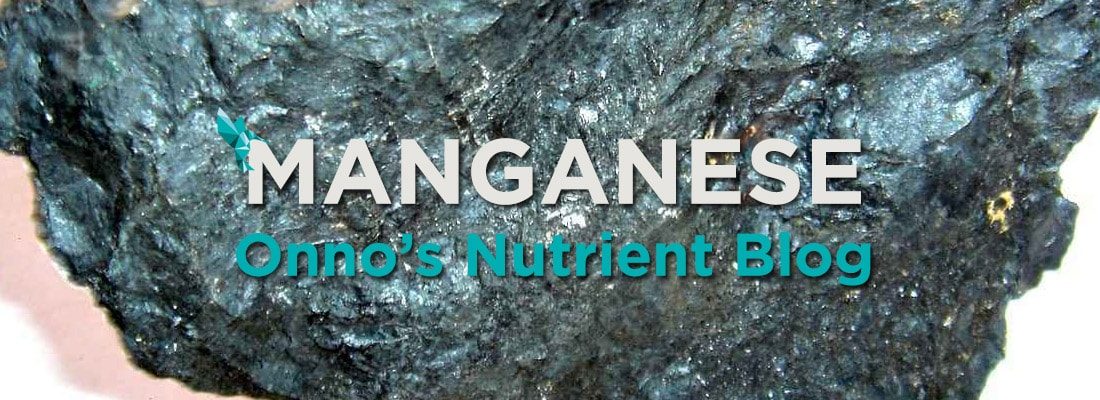
Manganese – The Co-Factor Mineral
Hello awesome person! Another month has come and gone. Today I’d like to talk about Manganese. I have received an interesting question from a couple customers regarding Manganese, and because the answer is both extensive and interesting, I thought it’d warrant a science-y blog-post!
Manganese is a mineral, mostly found in grain products, tea, as well as fruits and vegetables. It is a trace element that is a co-factor of several enzymes involved in the energy-, and digestion-systems. It being a co-factor basically means it is necessary for the enzyme to do its work. In this case, various processes dealing with metabolism and anti-oxidation.
Manganese and Guidelines
There is no official Dutch governmental recommendation guideline for manganese ingestion. But the EFSA (European Food Safety Authority) recently (EFSA 2013) added Manganese to their RDA guidelines. They recommend an intake of at least 3 milligram per day. Queal holds 7.8 milligram of manganese.
There is no “safe upper limit” for manganese in EU regulations. The US suggests a safe upper limit of 11mg though. This is why some customers have contacted us, asking if Queal is safe to drink, because the manganese level is relatively high.
The fact that the level of manganese is high is a misconception. It boils down to two separate issues:
- What does “safe upper limit” actually mean?
- How did they come up with the 11mg safe upper limit?
The safe upper limit of nutrients is an amount at which ingesting the nutrient (within a 24 hour period) is still completely harmless. Somewhere above this amount negative side-effect could develop. This does not mean that if you ingest 0.1mg above the upper limit you immediately have serious side effects. Usually the safe upper limit is still quite a bit below actual dangerous levels. In short, the Safe Upper Limit (SUL) is different from the lowest-observable-adverse-effect level (LOAEL).
The US regulations indicating 11mg as the safe upper limit for manganese is not really based on any research. They took research that was looking into something else, and saw a reading that 11mg was still an OK level. As 11mg was already way higher than the (at the time) believed necessary recommended amount (RDA) of 2.3mg, they just set the SUL to 11mg.[1],[2]
Research since then has indicated the human body is very capable of handling large “overdoses” of manganese. The liver is really good at filtering out, and excreting the excess nutrient.
All-in-all, the 7.8 milligram of manganese in Queal is certainly not dangerous. It is however, unnecessary. There doesn’t need to be so much of it in Queal. This inefficiency is due to our current source of oats. Oats are naturally high in manganese. We use natural products, and are therefore dependent on their natural “inefficiencies”.
Sources:
1.
Dietary Standards for Manganese: Overlap between Nutritional and Toxicological Studies, Greger JL.
http://jn.nutrition.org/content/128/2/368S.full.pdf
2.
Time to Re-evaluate the Guideline Value for Manganese in Drinking Water?, Ljung, K., Vahter, M.
http://www.ncbi.nlm.nih.gov/pmc/articles/PMC2072823/pdf/ehp0115-001533.pdf




No Comments